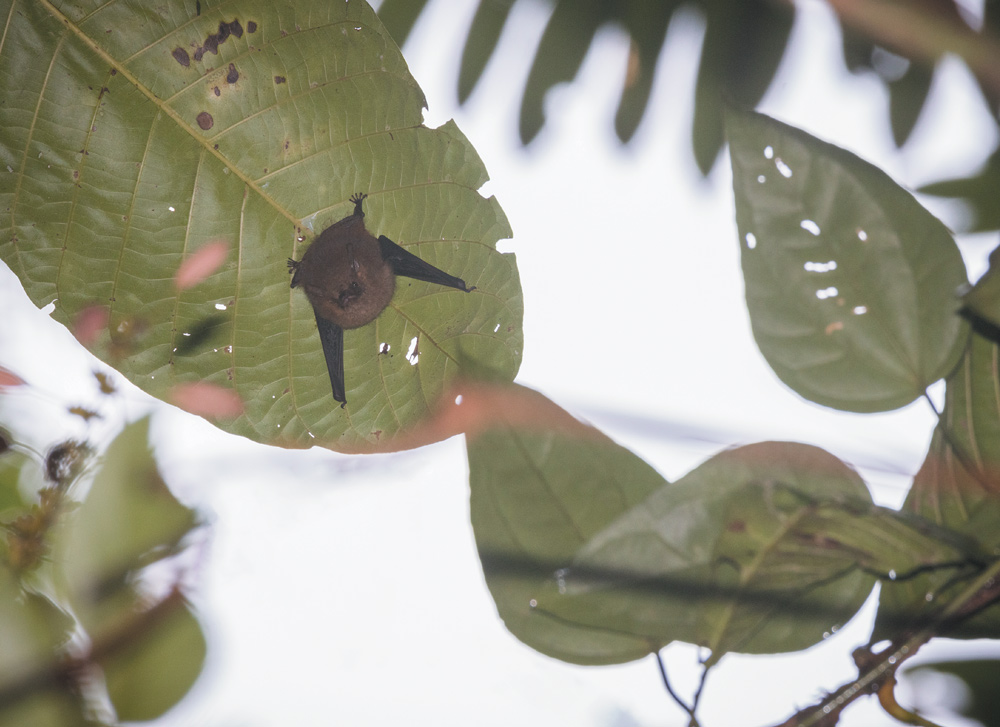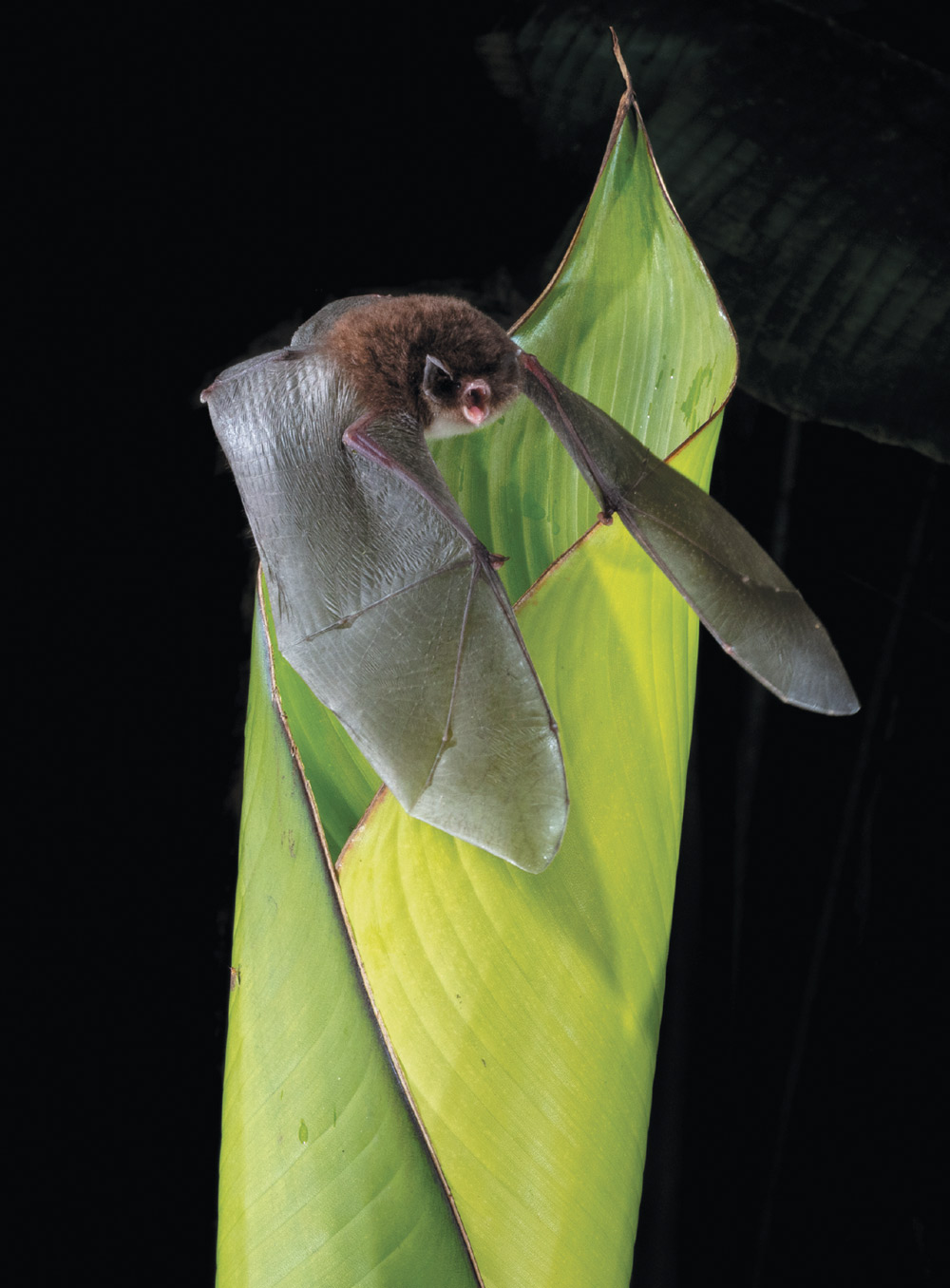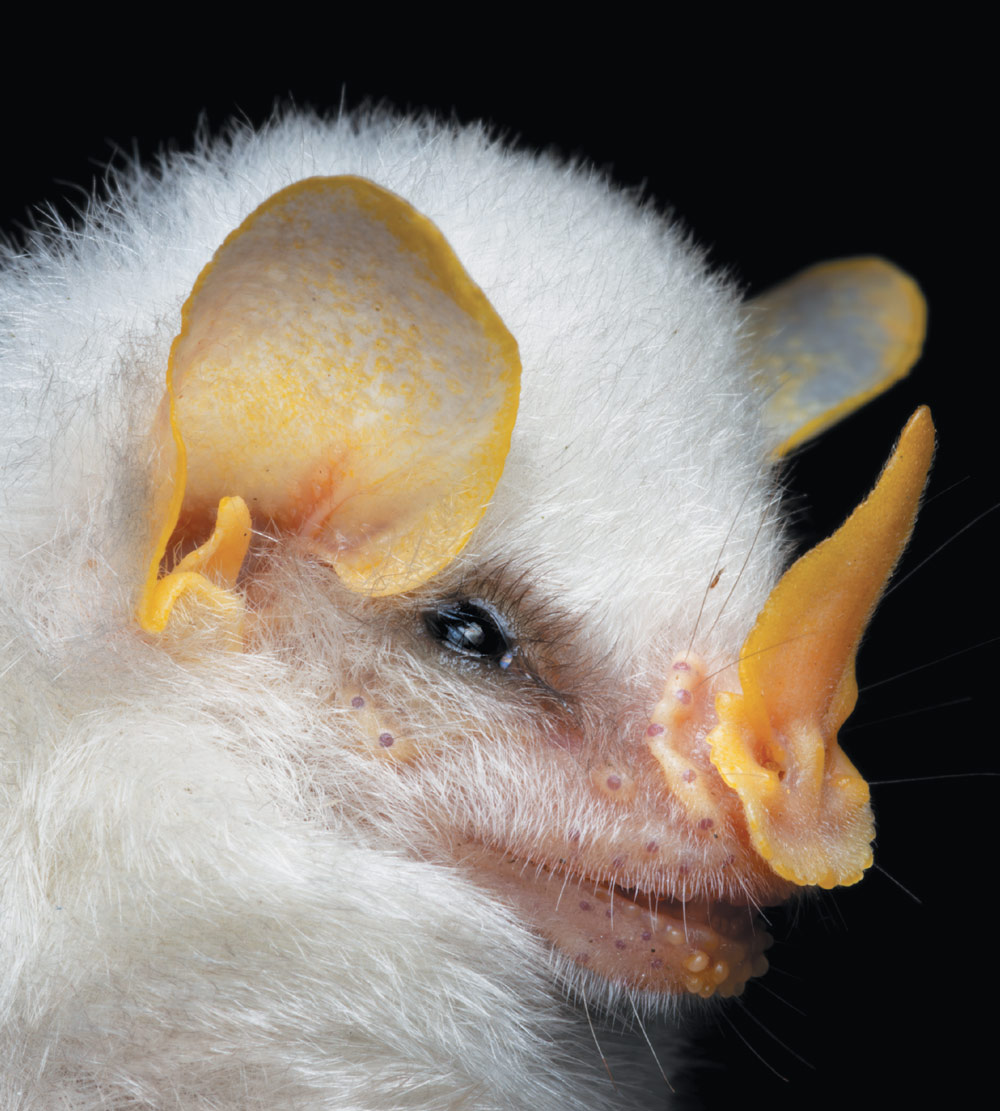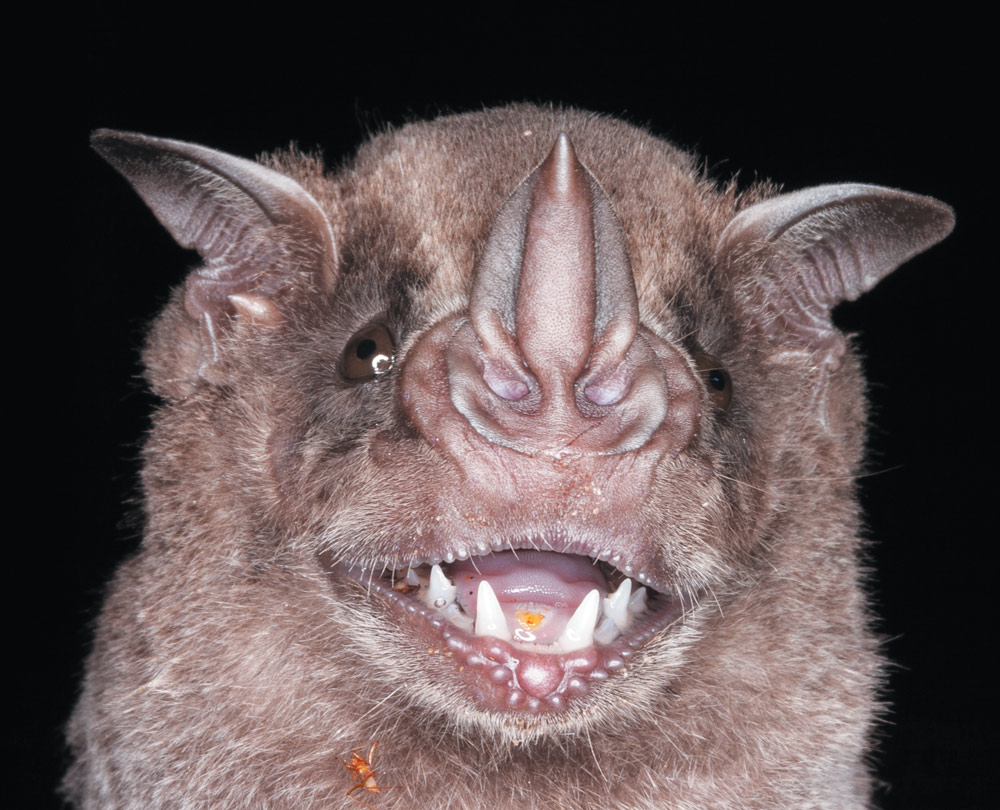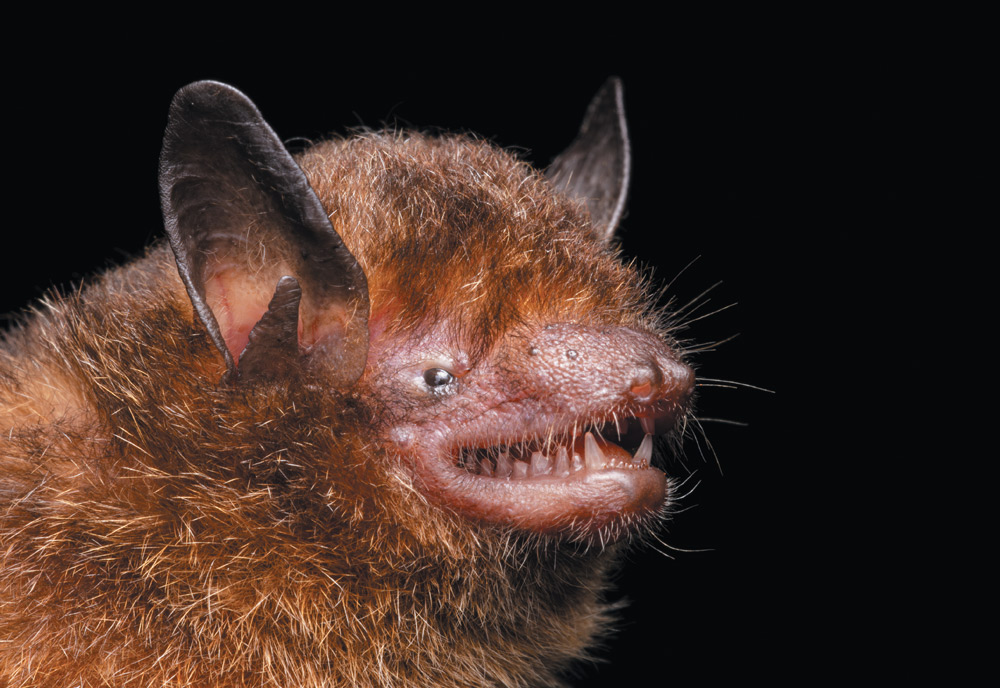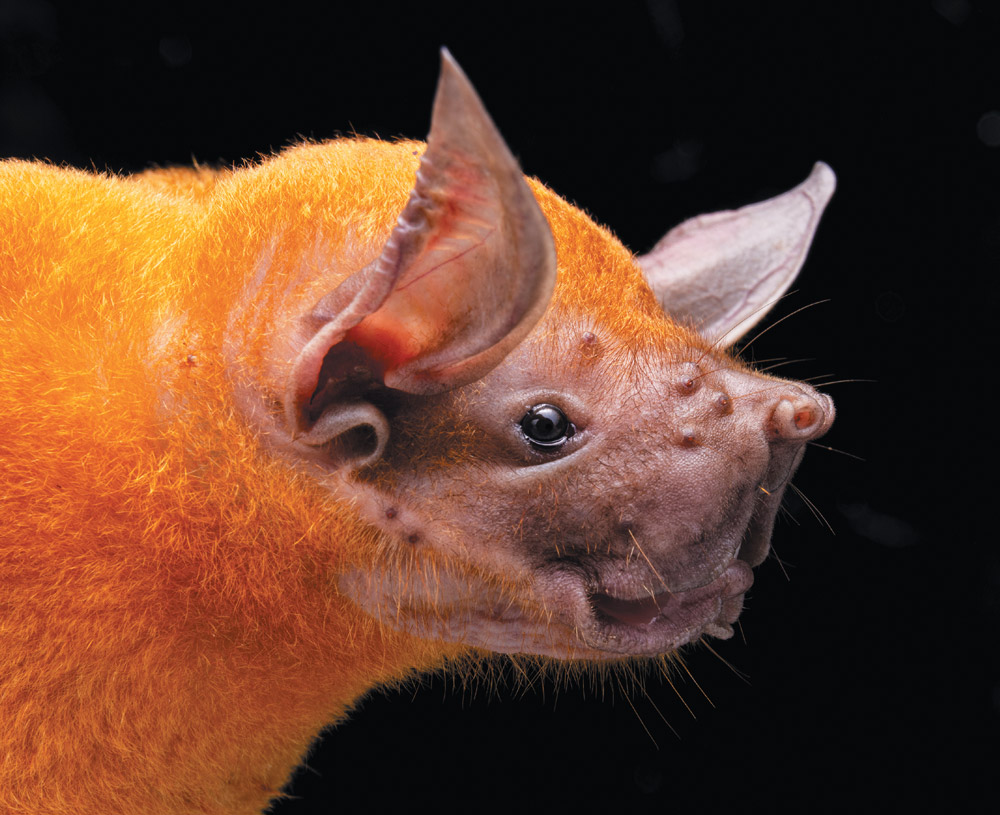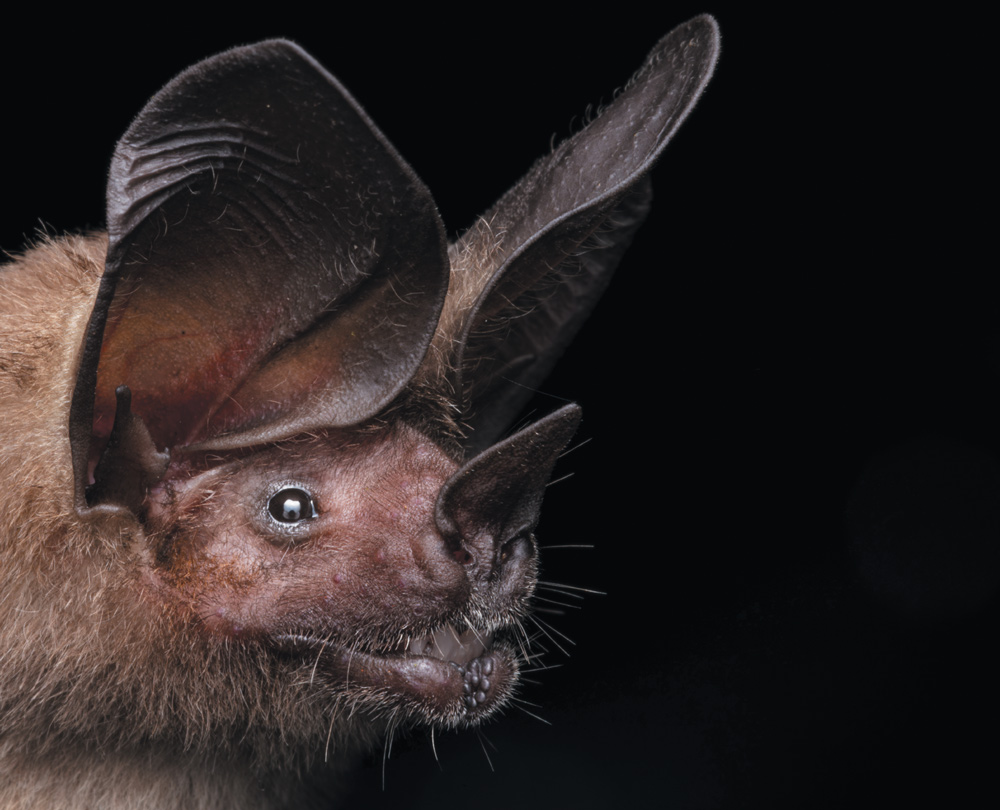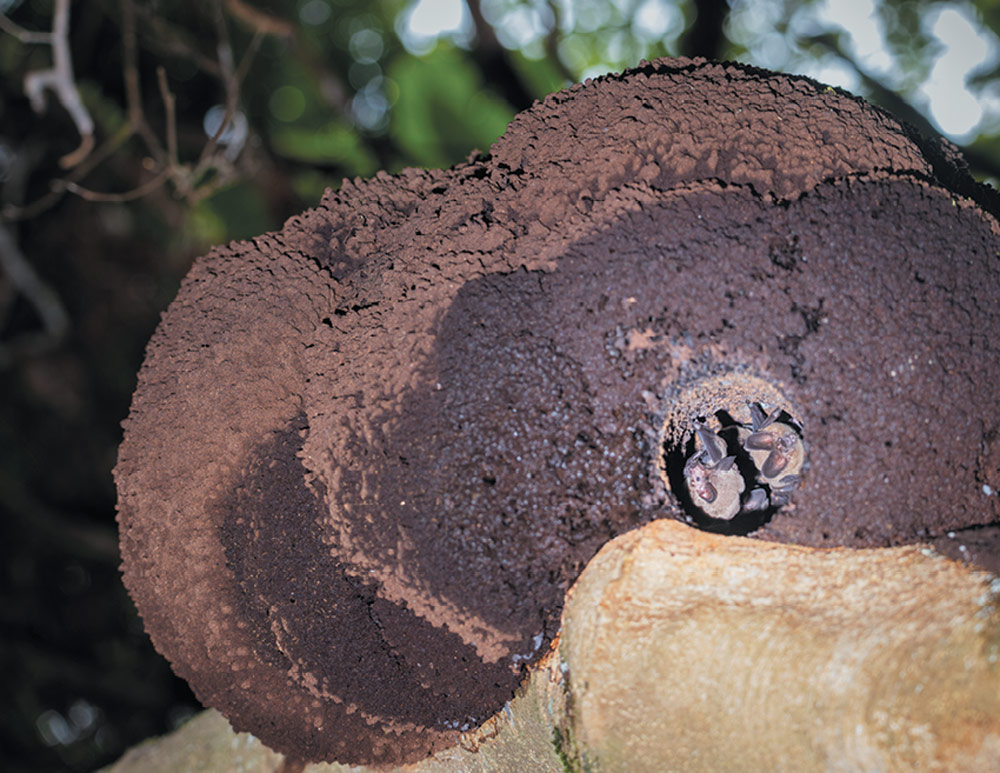C
osta Rica is well-known for its incredible biodiversity, and the Central American country is home to more than 120 bat species. Some Costa Rican bats roost in caves, while others utilize vegetation to roost. For example, Spix’s disc-winged bat (Thyroptera tricolor) roosts in partially rolled up leaves. BCI’s Regional Director for Latin American and the Caribbean Melquisedec Gamba-Rios, Ph.D., and Brazil Program Manager Jennifer Barros, Ph.D., share some of their incredible photos of Costa Rican bats.


